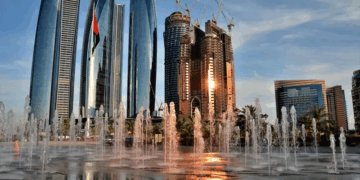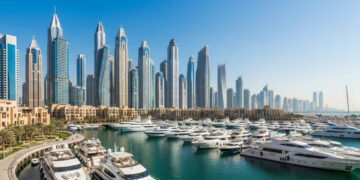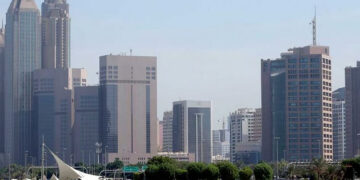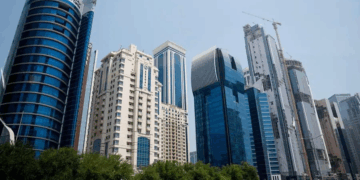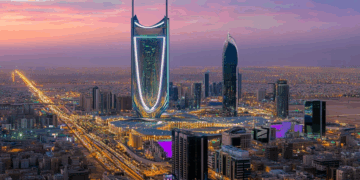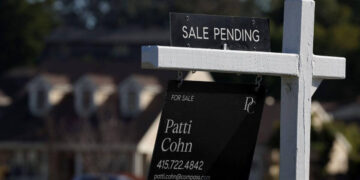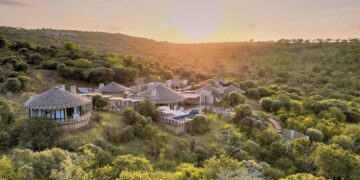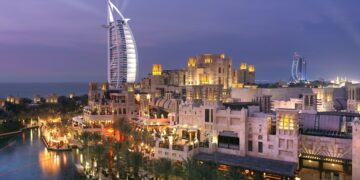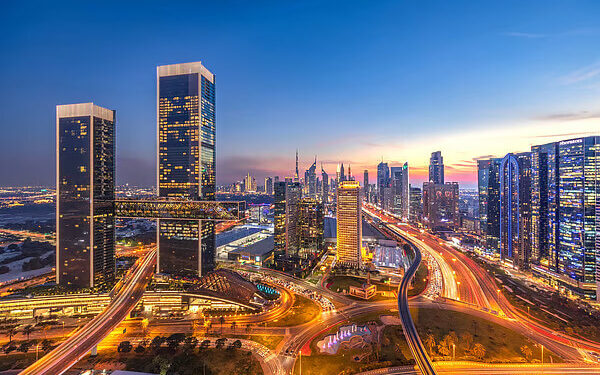According to Knight Frank, strong worldwide demand from millionaires, ongoing inflows of global wealth, and an expanding pool of local investors will propel Dubai’s top real estate market’s expansion next year.
According to the global consultancy’s most recent analysis, 331,000 new homes will be built in the emirate over the next five years, assuming that 70% of the projects are completed.
“Our expectation for 2026 is for price rises of around 3 per cent in the prime segment, while the growth in the mainstream market is likely to average around 1 per cent by the time we get to the end of December 2026,” said Faisal Durrani, partner and head of research for Mena, at Knight Frank.
The demand for luxury and ultra-luxury residences has skyrocketed in the post-pandemic era due to the influx of millionaires into the city.
Record-high sales volumes, strong price appreciation, and stable rental performance, according to Durrani, all indicate that the market is functioning from a position of strength rather than exuberance.
“While moderation in house price growth rates is inevitable, the structural drivers of demand — population expansion, wealth migration and economic diversification — remain firmly intact. Although the rate of house price growth may be demonstrating signs of slowing, crucially, it remains positive, underpinned by robust international HNWI demand for premium homes, the continued inflows of global wealth and a deepening pool of resident investors,” he added.
331,000 homes in 5 five years
According to Durrani, the housing stock—at least registered projects and units—continues to rise at a rapid pace following a massive number of new project launches since 2020 as a result of high demand.
“There appears to be a very real risk of supply outpacing demand, i.e., the market’s ability to absorb all the newly developed homes. The silver lining, for now at least, is the apparent inability of the market to deliver all of the projects announced on time. Indeed, only 60 per cent of promised housing was completed on time between 2022 and 2024, while this year the figure has slipped to just 46 per cent between the first and third quarters of 2025, highlighting a potential contractor capacity crunch,” he said.
According to the global property consultancy’s best-case scenario, 70% of all registered housing starts would be delivered on schedule, which would equate to 66,000 units year between 2026 and 2030. This is still significantly more than the long-term completion pace of 36,000 dwellings annually. As a result, over 331,000 dwellings will be finished between 2026 and 2030.
“Despite the inherent growing oversupply risk, we are of the view that any immediate impact on the market will likely be felt first in the locations that are expected to see the highest level of home completions. Furthermore, we also believe that any signs of a slowing in the market will be far more nuanced than in previous cycles, with ‘red flags’ first likely in specific price bands,” said Shehzad Jamal, partner for strategy and consultancy, MEA, Knight Frank.
Farooq Syed, CEO of Springfield Properties, said the market is expanding in both depth and direction. “Developers are becoming more selective, aligning supply with affordability and lifestyle needs. This equilibrium is what ensures Dubai’s continued global appeal; a market built on fundamentals, not speculation,” he said.















